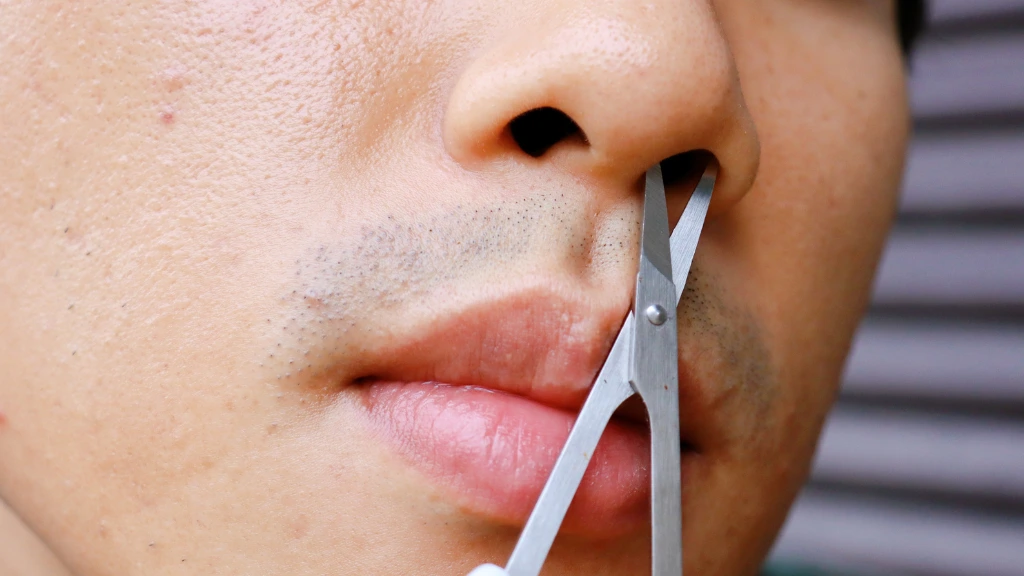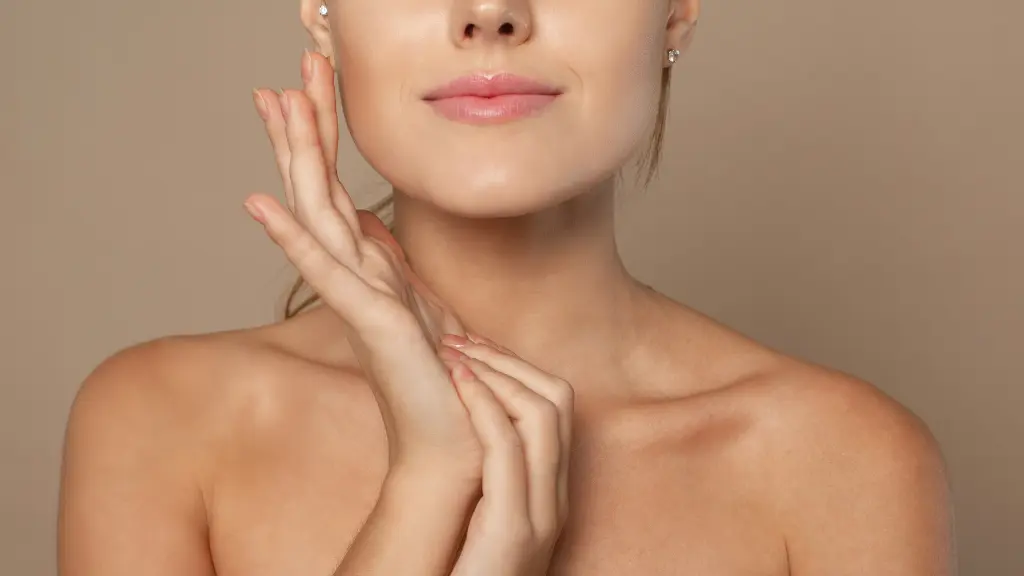Nose hair might seem like an inconvenient nuisance to many, but it’s actually much more important than we might realize. While some people go to great lengths to trim or remove their nose hair for cosmetic reasons, these little strands play a significant role in protecting our health.
Have you ever wondered if nose hair has a purpose beyond its appearance? Specifically, does it help us fight off colds, flu, or other viral infections? In this article, we’ll explore the essential function of nose hair and why it’s important for your overall well-being, especially during cold and flu season.
You May Also Like: Are Scented Candles Harmful to Your Health?
What Is the Role of Nose Hair?
Nose hair, also called nasal hair or vibrissae, plays an essential role in protecting the body from harmful elements. These tiny strands are located in the nostrils and serve as the body’s first line of defense against pathogens, allergens, and debris.
Here’s how nose hair helps protect you:
- Traps Dust and Debris: The primary function of nose hair is to trap dust, dirt, and other airborne particles before they can enter the respiratory system. When you inhale, the hair inside your nostrils acts like a filter, capturing large particles that could cause irritation or harm to your lungs.
- Prevents Infections: Nose hair helps reduce the likelihood of infections by preventing harmful substances, such as bacteria, viruses, and fungi, from entering the body. By capturing these pathogens before they can make it further into the respiratory system, nose hair plays a key role in protecting the body from illnesses like the common cold, flu, and other viral infections.
- Filters Harmful Airborne Particles: Besides dust, nose hair also filters out potentially harmful chemicals and allergens from the air. Pollutants, pollen, and other irritants are captured by the hair, which helps reduce allergic reactions and inflammation in the nasal passages.
- Moisturizes the Air You Breathe: The hairs in the nostrils also help to humidify the air you breathe. When air enters the nasal passages, it is warmed and moistened before it reaches the lungs. This prevents irritation in the respiratory system and ensures that the air entering your lungs is at the right temperature and humidity level.
How Nose Hair Helps Prevent Colds and Viral Infections
Nose hair plays an important role in preventing respiratory illnesses like colds and the flu. But how exactly does it help to fight off viruses?
1. Filters Out Viruses and Pathogens
Cold viruses, such as rhinoviruses, are transmitted through the air, often entering the body via the nose. Once inhaled, they can attach to the cells in the nasal passages and begin to replicate, leading to the onset of cold symptoms. Nose hair acts as an additional barrier, filtering out harmful viruses before they can make their way into the respiratory system.
The mucous membranes inside the nasal passages also produce mucus, which works alongside the nose hair to trap and expel foreign particles. The combination of nose hair and mucus helps to prevent viral particles from entering the body and causing illness.
2. Reduces Airborne Transmission of Viruses
The nose is the first point of contact for airborne viruses. When we cough, sneeze, or breathe, respiratory droplets containing viruses or bacteria can be released into the air. While we may not be able to completely avoid exposure, nose hair helps reduce the number of pathogens that can enter the body by filtering out much of these particles before they can reach the lungs.
3. Boosts Immune Response
Nose hair isn’t just a physical barrier—it also plays a role in the body’s immune system. When foreign pathogens are trapped in the nasal hairs, the immune system gets a signal to respond to the threat. White blood cells are sent to fight off any bacteria or viruses, helping the body mount an immune response to prevent infection from taking hold.
Why Trimming Nose Hair May Not Be a Good Idea
Given the protective role nose hair plays in the body, it’s important to reconsider trimming or removing it. While it’s natural for people to trim nose hair for cosmetic reasons, especially when the hair becomes visible, trimming or plucking nose hair too often could compromise the body’s defense system.
1. Increases Risk of Infections
When you trim or pluck nose hair, you may inadvertently create small openings or wounds in the skin inside the nostrils. This can increase the risk of infections, as bacteria and viruses can enter the body more easily through these small cuts. Additionally, trimming the hair too short can make it harder for the nose to filter out particles, leaving the respiratory system more vulnerable to pathogens.
2. Reduces Natural Defense Against Pollutants
When you remove nose hair, you remove a vital part of the body’s ability to filter out pollutants. Without the protective barrier of nose hair, harmful substances like dust, pollen, and chemicals can enter the respiratory system more easily, leading to irritation, allergic reactions, and even respiratory illnesses.
3. Makes Breathing More Difficult
Nose hair helps to slow down the airflow in the nasal passages, allowing the air to be filtered and humidified. Trimming or removing nose hair can disrupt this natural process and may lead to drier, less filtered air reaching your lungs. This can result in dryness, irritation, and an increased susceptibility to respiratory infections.
How to Safely Groom Your Nose Hair
If you prefer to trim your nose hair for cosmetic reasons, it’s important to do so carefully and safely to avoid damaging your nasal passages or reducing your body’s natural defense system.
Here are a few tips for trimming your nose hair:
- Use Specialized Nose Hair Trimmers: Invest in a high-quality nose hair trimmer specifically designed for safe grooming. These trimmers are designed to remove unwanted hair without causing cuts or damage to the sensitive skin inside the nostrils.
- Trim, Don’t Pluck: Avoid plucking your nose hair, as this can cause irritation and increase the risk of infection. Instead, use scissors or a trimmer to carefully trim the hair at the edge of your nostrils, leaving enough to continue protecting your body.
- Don’t Overdo It: Be mindful not to trim too much. Leave enough nose hair to maintain its protective function while still achieving the aesthetic look you desire.
- Keep Your Trimmers Clean: Always clean your nose hair trimmer after each use to prevent the spread of bacteria or other germs that could cause infection.
Conclusion: Is Nose Hair Essential to Fighting Off Colds?
Yes, nose hair plays an important role in protecting your body from colds, viruses, and other respiratory illnesses. It acts as a filter, trapping harmful particles like bacteria, viruses, and allergens before they can enter your lungs. It also helps moisturize the air you breathe and boosts your immune system’s response to foreign pathogens.
While trimming or grooming nose hair may seem like a simple cosmetic choice, it’s essential to consider its protective function. Avoid over-trimming or plucking nose hair to ensure that your body’s natural defense system remains intact. By carefully maintaining your nose hair, you can continue to reap its benefits and reduce your risk of infections and illnesses.










